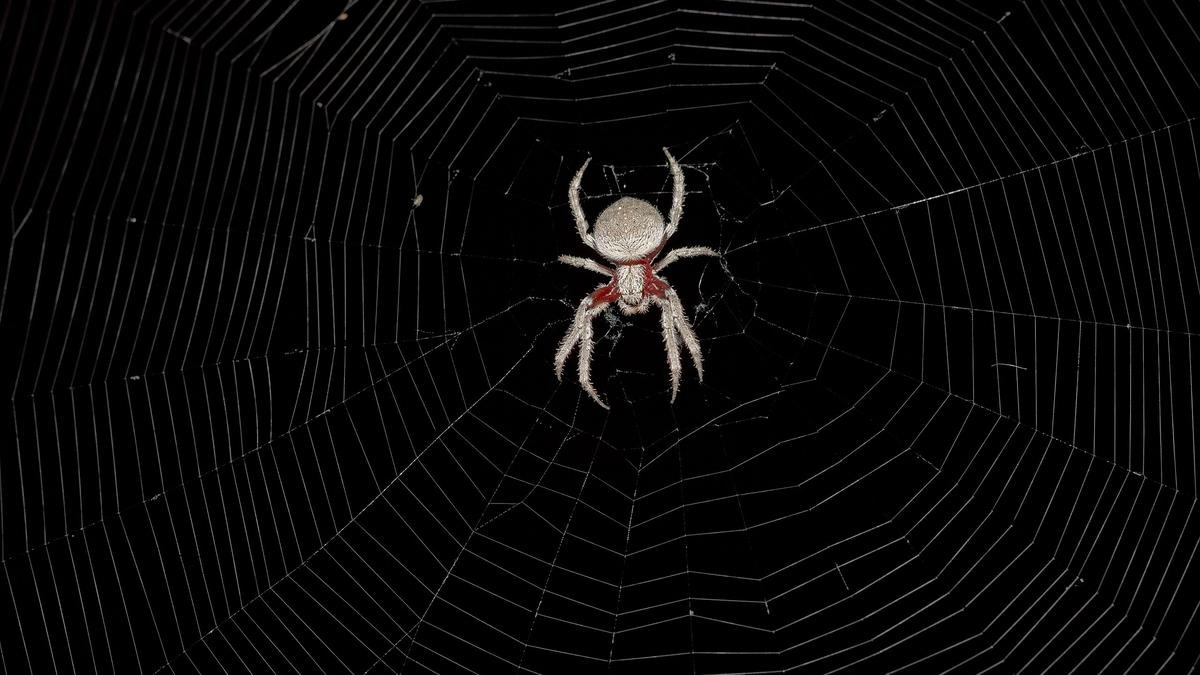Urban Light Pollution is Causing Shrinkage of Spider Brains
As night descends, a unique world awakens—one that has thrived in darkness for millions of years. Nocturnal animals, from bats to owls, have evolved remarkable adaptations that enable them to navigate and survive in the absence of light. However, the introduction of artificial lighting, such as streetlights and neon signs, is transforming these dark habitats, posing significant challenges to these creatures. The impact of urban light pollution on nocturnal species is profound, affecting their behavior, physiology, and survival

The Impact of Artificial Light on Nocturnal Animals
Artificial light at night (ALAN) disrupts the natural light cycles that nocturnal animals rely on for their daily activities. Research indicates that even low levels of light—around 6 lux, which is slightly dimmer than twilight—can significantly alter the behavior of these animals. For instance, studies conducted in urban environments like Chicago have shown that nocturnal mammals, including raccoons and opossums, exhibit reduced activity levels in brightly lit areas compared to darker locations. This reduction in movement can affect their foraging, mating, and overall survival strategies
One of the most critical effects of ALAN is its ability to mask natural cues that nocturnal animals use to navigate their environment. For example, many species rely on the moon and stars for orientation. The introduction of artificial lighting can disorient these animals, leading to increased vulnerability to predators and reduced reproductive success. In urban settings, where light pollution is prevalent, the natural rhythms of life for these creatures are disrupted, leading to potential declines in populations
Behavioral Changes and Ecological Consequences
The behavioral changes induced by artificial lighting are not limited to reduced activity; they can also lead to altered reproductive patterns. Many nocturnal species have evolved mating rituals that depend on darkness. For instance, fireflies use bioluminescent signals to attract mates, but these signals can be overshadowed by streetlights, leading to decreased mating success. Similarly, the emergence of baby sea turtles, which instinctively head towards the ocean, can be misguided by bright lights, causing them to move inland instead, where they face various dangers
The ecological consequences of these behavioral changes can ripple through food webs. For example, if nocturnal predators become less active due to light pollution, their prey populations may increase unchecked, leading to imbalances in the ecosystem. Conversely, if prey species are drawn to light sources, they may become more susceptible to predation, further destabilizing local ecosystems
Effects on Insects and Other Nocturnal Species
Insects, a vital component of many nocturnal ecosystems, are particularly affected by artificial lighting. Moths and other insects are often attracted to lights, leading to disorientation and exhaustion. Many become trapped around light sources, unable to find food or mates, which can result in population declines. This phenomenon has cascading effects, as insects serve as crucial food sources for bats, birds, and other predators
Bats, which rely on echolocation to hunt, are also influenced by light pollution. Some species are drawn to illuminated areas, where they can easily find insects, while others avoid these regions altogether, leading to competition among bat populations. This shift in behavior can alter the dynamics of insect populations, further impacting the ecosystem
Mitigation Strategies
Recognizing the detrimental effects of artificial light on nocturnal wildlife, researchers and conservationists are advocating for mitigation strategies. One effective approach is the implementation of "dark sky" initiatives, which aim to reduce light pollution through better urban planning and lighting design. This includes using lower-intensity lights, shielding fixtures to minimize glare, and opting for longer wavelengths of light that are less disruptive to nocturnal species
In some areas, cities have begun to adopt amber-colored lights, which are less attractive to many nocturnal animals, particularly sea turtles during nesting seasons. Turning off streetlights during critical periods for wildlife, such as turtle nesting or migratory seasons for birds, can also help mitigate the impact of artificial lighting.



